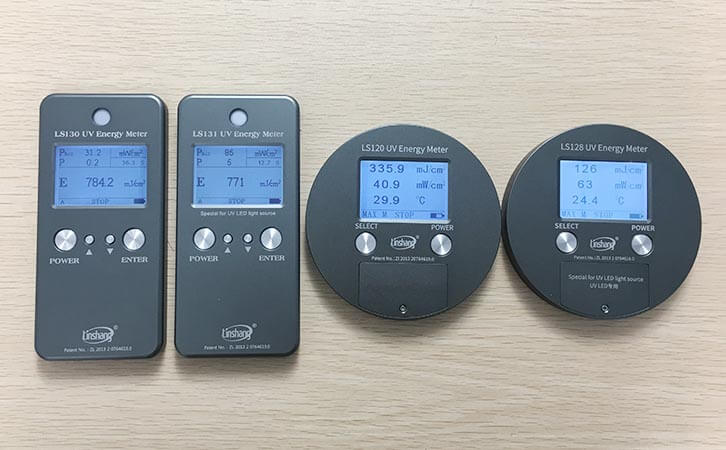Application of UV Integrator in Light-cured Resin Hardening Industry
Light-cured resin hardening is also called photosensitive resin. This material is composed of resin monomer. Specifically, it means that the photosensitizer in the material undergoes a polymerization reaction under the irradiation of ultraviolet rays. Rapid physical and chemical changes occur in a relatively short period of time to form a water-insoluble coating film oligomer. Light-cured resin is a kind of photosensitive resin and its relative molecular mass is relatively low.
Light-cured resins are mainly used in the curing industry and the application of UV integrators in this industry mainly refers to the detection of the ultraviolet light source energy used for curing. Because if the ultraviolet energy used for curing is not up to standard, curing failure or defective products may occur. This will increase the cost of industry.
1. Application industry of light-cured resin
Light-cured resin curing is widely used due to its good performance, low cost, simple operation and beautiful color. It is mainly used in plastic coating, PVC decorative board, wood floor coating, electronic product coating, photosensitive ink, parts coating, printing Glazing, fiber coating, photoresist, etc. The curing degree of the composite resin after light curing is 43% -64%. Therefore, in order to solve this problem, we usually add 2mm light curing on the cured object. This method is usually used in coatings, inks and other fields. Therefore, in the field of coatings or inks, we must not only use UV integrators to detect whether the light source is attenuated, but also use a coating thickness gauge to check whether the coating thickness reaches the standard.
2.The production of light curing resin and its characteristics
The use of ultraviolet light for light-cured resin curing has obvious advantages. The use of ultraviolet light to cure can give full play to the properties of the material. And the light-cured resin curing is superior to the traditional curing in terms of color appearance, connection performance and edge leakage. In addition, this curing method not only overcomes the disadvantages of other methods, but also combines many advantages in one and has the following characteristics:
(1) The material utilization rate is relatively high, which guarantees energy conservation.
(2) The solidification speed of this material is fast, which can improve production efficiency.
(3) The application range of the materials is relatively wide and can be applied in various environments. For example: paper, ink, metal, glass, ceramic and other materials.
3. Choose the appropriate UV integrator to detect the light source
For UV-curable light source detection, Linshang UV integrator is recommended. There are 4 UV integrators invented by Linshang Technology for curing, which are LS128, LS120, LS130 and LS131 UV integrators. The LS120 and LS130 UV integrators are UV integrators dedicated to high-pressure mercury lamps and halogen lamps, while the LS128 and LS131 UV integrators are UV integrators dedicated to LED light sources. The LS120 and LS128 UV integrators have a disc design with the detection light source on the back. The LS130 and LS131UV integrators have a square design and the detection light source is on the same side as the display. Users can choose according to their actual needs. The Linshang UV integrator for the mercury lamp set a number of firsts:
★ The first UV integrator that can display the temperature curve
★ The first UV integrator with a built-in timer that accurately records the curing time
★ The first UV integrator that can print a test report to a computer via USB
★ The first UV integrator with real-time temperature and power measurement function
The Linshang UV integrator has a good reputation in the industry and it is the best choice for measuring UV light sources!
